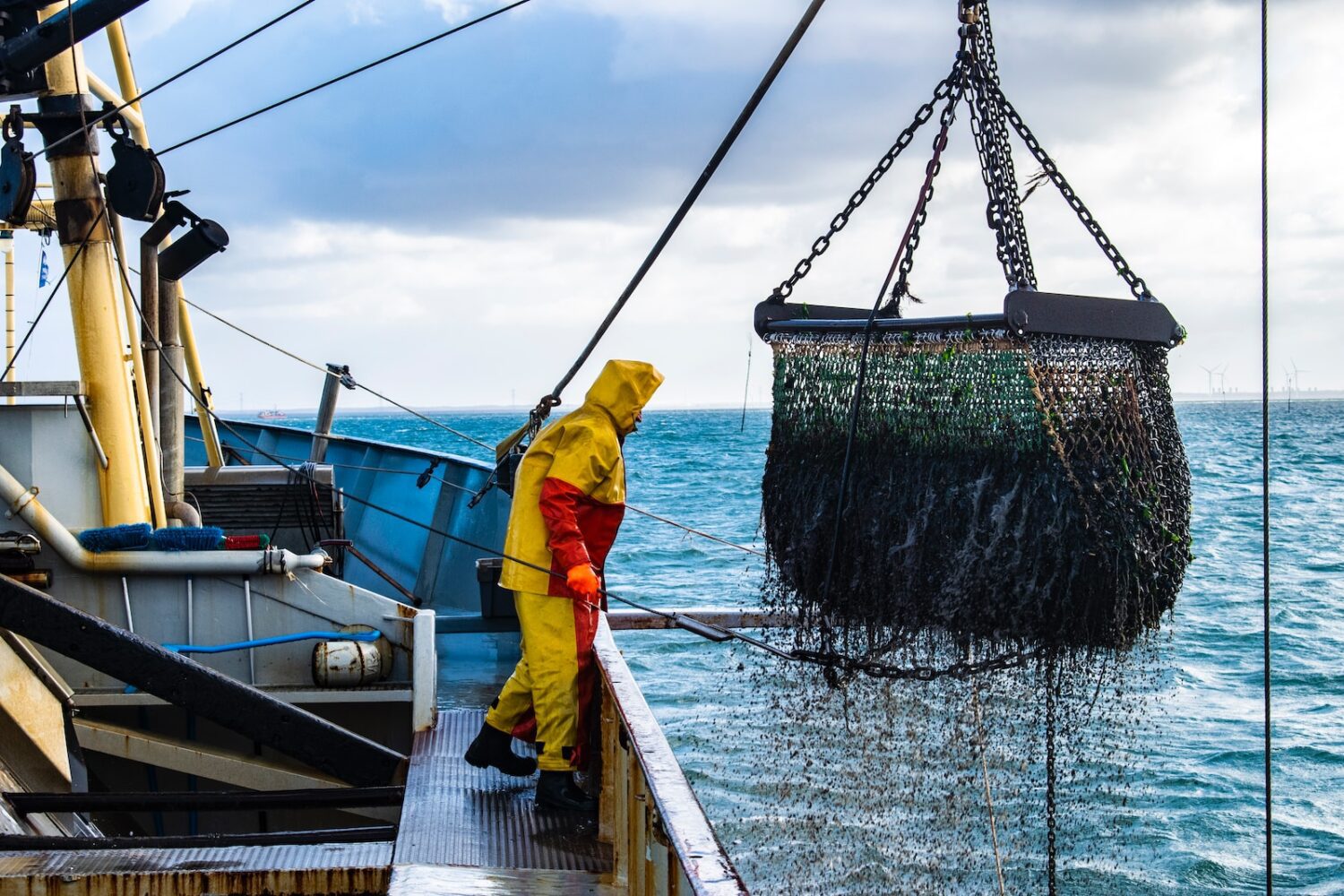27 September 2022 – 58 million people employed. 214 million tonnes produced. 20.2 kg consumed per person each year.
These statistics, from the Food and Agriculture Organization’s 2022 State of World Fisheries and Aquaculture, demonstrate the formidable impact and breadth of the global fisheries sector.
However, the immense scale and growth of the fisheries sector has also led to actors committing crimes in the fisheries sector. These activities – frequently transnational and organized in nature – include illegal fishing, document fraud, drug trafficking, and money laundering. Moreover, the promise of high profits and a lack of coordinated, effective domestic and cross-border law enforcement efforts mean that organized criminal organizations engage in fisheries crime with relative impunity.
Deterring transnational crime – i.e., crime that transcends national borders – requires an international response. Since its establishment in 2004, the joint initiative of the United Nations Office on Drugs and Crime (UNODC)-World Customs Organization (WCO) Container Control Programme (CCP or the Programme) has been actively building international networks to help prevent and intercept illegal shipments and contraband concealed in cargo containers.
By developing Air Cargo Control Units and Port Cargo Control Units (PCU) at key transportation hubs in over 70 Member States, the CCP has increased the capacities of law enforcement and customs agencies to counter such shipments and contraband.
In 2016, the CCP’s focus expanded to deter the exploitation of the containerized trade supply chain in the context of crimes in the fisheries sector. By bringing together PCUs, fisheries departments, and other relevant actors, the Programme promotes a holistic approach to counter this form of crime.
As part of the UNODC’s FishNET Project (FishNET), generously funded by the Norwegian Agency for Development Cooperation (Norad), the CCP has been delivering a specialized CFS training package for frontline-level officers for more than five years. FishNET has enabled twelve countries in East Africa, West Africa, South Asia, and Southeast Asia to benefit from CFS sessions that build capacity, raise awareness, and develop networks.
To further strengthen inter-agency cooperation against crimes in the fisheries sector in the Africa region, the CCP recently conducted an inter-regional meeting in Namibia. The African coastal region has long been regarded as one of the most diverse and fiscally significant fishing regions in the globe. However, it now faces the negative impacts of climate change and various illegal activities related to the fisheries sector.
Beyond the detrimental effect that such activities have on marine ecosystems and the food security of local populations, crimes in the fisheries sector also costs states billions in lost revenue. Namibia’s expanding fisheries sector and increasing engagement in international containerized trade made it a strategic choice for hosting the event.
The meeting primarily contributed to enhancing cooperation and operational capability among frontline customs and law enforcement officers. Following an initial overview of crimes in the fisheries sector in the regions by CCP experts, all participating countries contributed with presentations on country-specific risk indicators and the implementation of relevant agreements.
The meeting also included a tour of a large commercial fishing vessel at the Walvis Bay seaport and a visit to a fish processing plant. These activities allowed participants to learn more about vessel inspections, observe the different stages of fish processing, and interact with private sector stakeholders to identify potential vulnerabilities in the industry’s trade supply chain.
By providing such technical assistance, the CCP aims to foster sustainable and long-term engagement between participating agencies and countries.
Further information
For more information on crimes in the fisheries sector and UNODC’s response, click here.









/cdn.vox-cdn.com/uploads/chorus_asset/file/24068925/2208_43_238.jpg)




